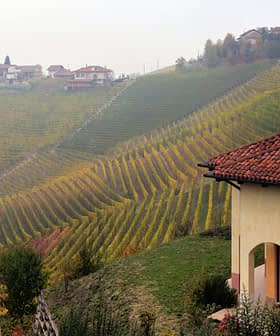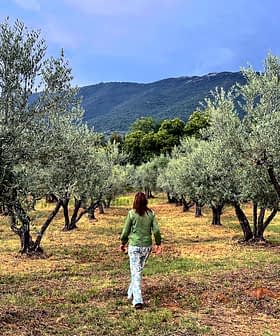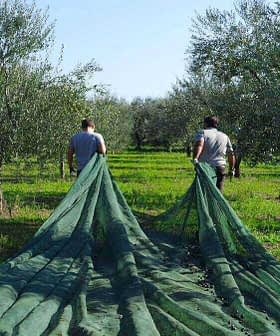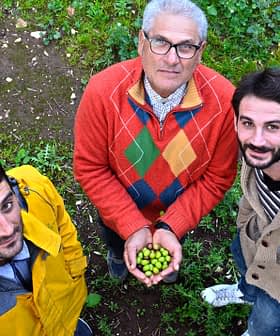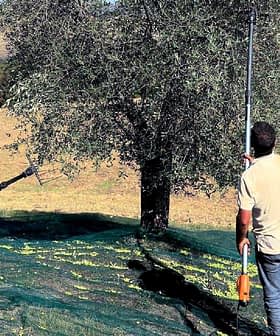After last year’s unfortunate season, 2015 seems to be yielding a much more positive balance for Italian producers, according to national sources. And judging by the images of full and healthy olives spread across social media by growers and millers, the fruit quality seems assured over much of the country.
The first estimates released by the Italian Ministry of Agricultural, Food and Forestry Policies confirmed the expected production of 350,000 tons.
Thanks to plentiful rains which sustained the trees’ prosperity during the spring, and the summer’s intense heat which limited the olive fly’s diffusion, ONAOO (the National Organization of Olive Oil Tasters, part of the Italian Union of Chambers of Commerce) forecasts a positive harvest, both for quantity and quality of the olives, where Italy’s rich biodiversity will be fully represented again.
Perfect conditions at #casellapioppi for the 2015 olive harvest… https://t.co/BdeyVEazhV
— Vicki Maltby (@Vickimaltby) October 30, 2015
According to ISMEA (the Italian institute for agricultural and food market services), “Overall, there have not been observed phytosanitary problems, after the heavy olive fly attack of last year. There is, then, an ideal condition both regarding olive oil output and the product quality.”
The same announcement then added: “With no doubts, the intense heat in July and the prolonged drought prevented the normal vegetative growth of the olive groves, thus impeding a full productive yield.
Here it comes. @vinochisti#extravirginoliveoil. Waited two years for this. pic.twitter.com/P5479TLxjp
— Vinochisti (@Vinochisti) November 2, 2015
“The latest evolution, from a climatic point of view as well,” ISMAE continued, “does not seem to create any problem in the country’s main producing areas, nor any fear has been recorded from the olive growers about possible damages due to pathogens, in spite of the autumn rains.”
While Italian extra virgin olive oil quality seems to be assured this season, the quantity will not be extremely high. As the harvesting operations go on, some regional estimates are beginning to pull back, mainly due to yields lower than expected.
See Also:California’s Bumper Crop Might Not Yield the Oil Some PredictedIn the Garda region, the olive harvest was stopped for a few days due to rains and low outputs, while in the southern regions the weather is good but yields are just “decent,” sources said.
Apulia is expected to produce 30 percent more than last year, yet fall 8 percent short of its average annual production, according to the regional Coldiretti forecasts, with an output estimated at 18,739 tons. Totals are expected to better last year’s by 50 percent in Bari (Apulia main town), 40 percent in Brindisi and Foggia, 35 percent in the province of Taranto and a 20 percent in the Barletta-Andria-Trani area.
In Lecce, the olive oil production is expected to double compared to last year, notwithstanding the complete stop to the production in the Southern area of Salento, which has been affected by the Xylella fastidiosa outbreak.
Inspiring color pallet from the trees of our estate #iamamodernfarmer#evoopic.twitter.com/KtEqwurREG
— DomenicaFiore (@domenica_fiore) November 1, 2015
In Calabria — Italy’s second-largest-producing region — forecasts have been reduced from 60 – 75,000 to 40 – 50,000 tons, still representing a good 20 percent of the country’s overall production.
See Also:2015 Olive Harvest Twitter Updates
Sicily should be able to register a very good harvest, with estimates around 50,000 tons.
Not all the region’s areas have been equally blessed, though: Buccheri — the small village near Etna which produces some of the best Italian extra virgin olive oils — has a “non-fruiting” year to contend with.
Campania is expected to stop reach a 25,000-ton output.

